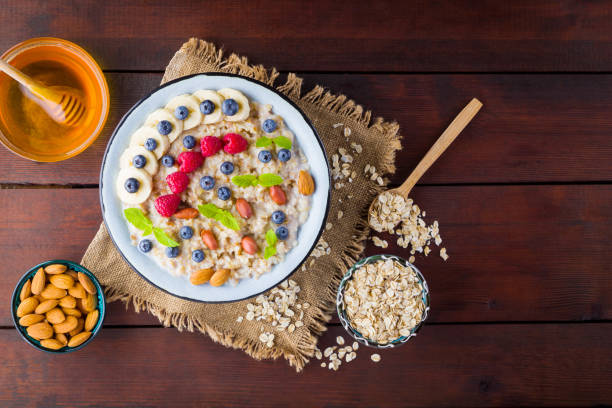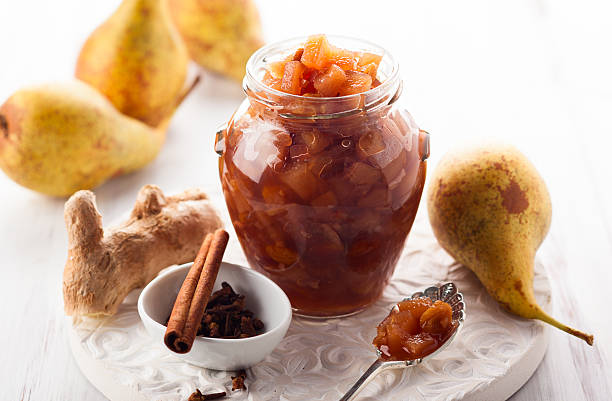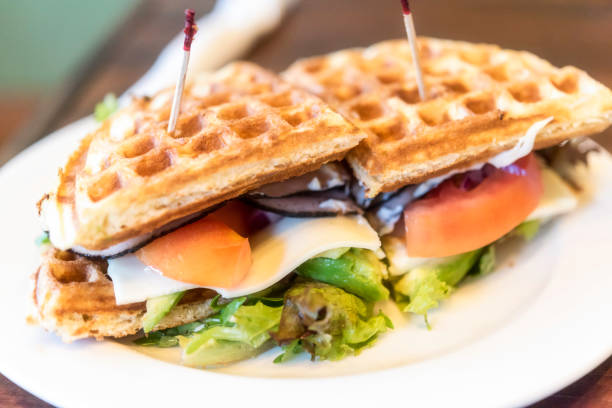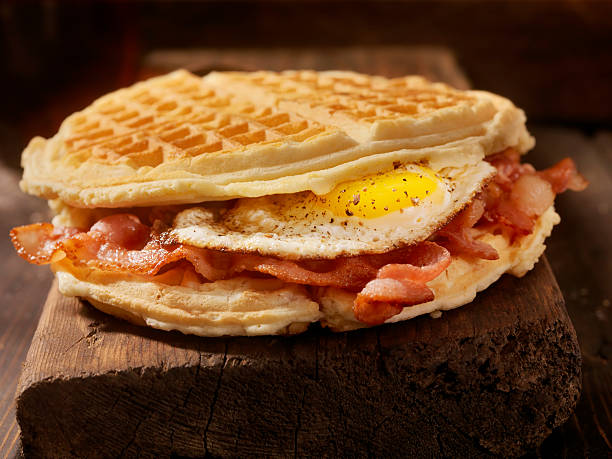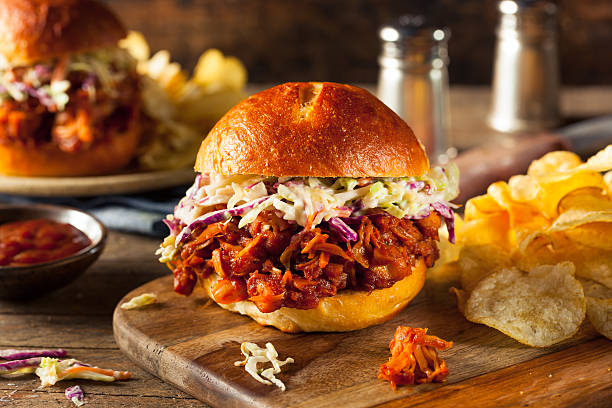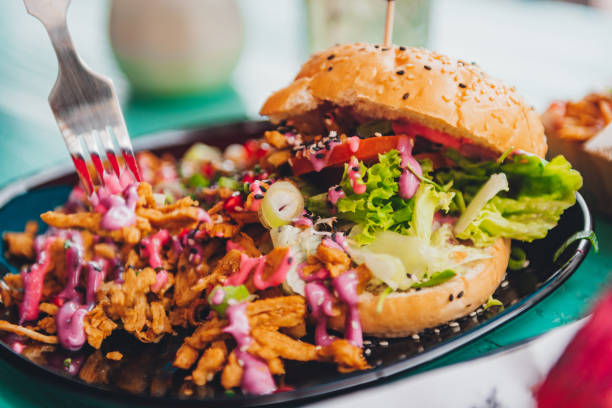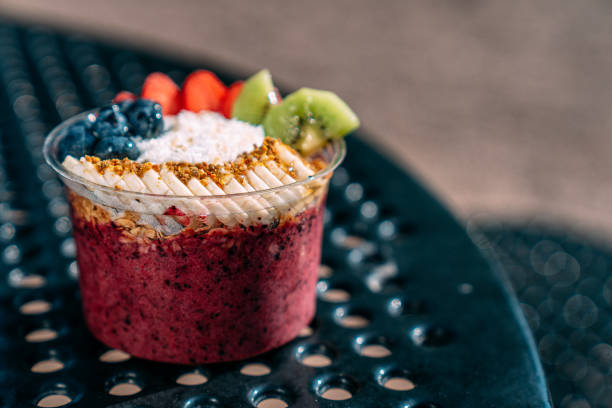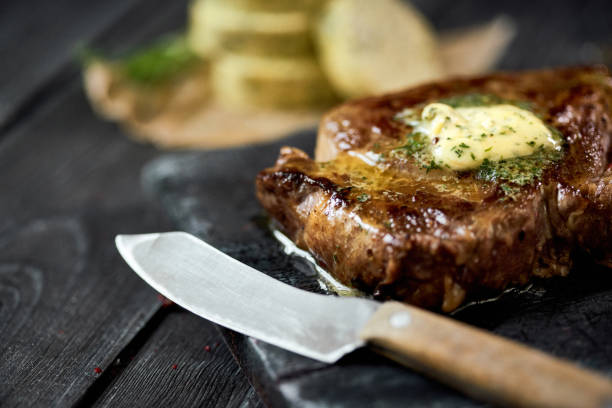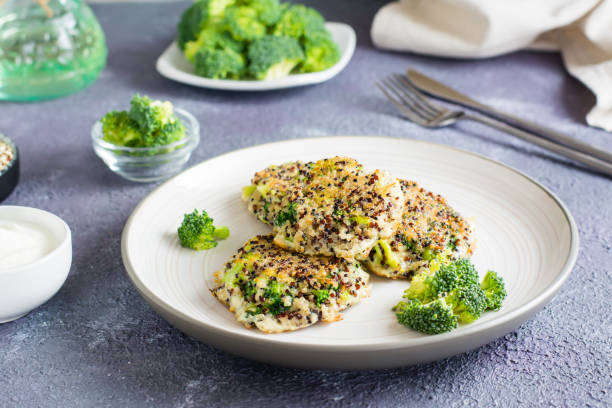Halloween is on October 31st! We give tips on how to carve creepy-beautiful pumpkin faces.
A hollowed-out pumpkin provides an eerily flickering light on the windowsill or in the house entrance in autumn. Children especially love to carve their own scary faces. With guidance, even small children can carve their own Halloween pumpkin.
How to carve a great pumpkin light

Children often find it disgusting to pick out the seeds; help them out by cutting a zigzag top into the squash and scooping out the seeds with a sturdy tablespoon or special tool.
If the pumpkin has a pronounced stem, you can integrate it into the work of art as a (witch) nose – in the evening and at night, when the shadow of the nose dances in the candlelight, this gives a creepy effect.
How to carve individual faces
If you want to carve individual faces, it is best to draw your desired motif on a firm sheet of construction paper, cut it out with a butter knife and transfer it to the pumpkin.
Nice effects can also be achieved if you move away from the classic face and towards more striking motifs such as stars, which adorn the entire pumpkin (you can even mothball the Christmas baking molds as stencils). The result is a small work of art that you can still look at after Halloween.
Tip for carving the pumpkin yourself
Special pumpkin carving kits with a small saw help hollow out the pumpkin. These can be bought here.
Why do we celebrate Halloween?
The story is almost as spooky as Halloween costumes: In Ireland, a drunkard and con artist named Jack sold his soul to the devil on the eve of All Saints’ Day. Despite all his crimes, Jack was never to go to Hell through this deal.

But when Jack died, he was not admitted to heaven either; he was homeless and wandering in the dark. The devil threw him a piece of glowing coal as a light, which Jack stuck in a hollow turnip.
Ever since Jack’s homeless soul has come to earth every year on the eve of All Saints’ Day. To protect themselves, people hollow out a gourd and put a light inside.

